Abstract
Climate change and increasing demography press local authorities to look after affordable water resources and replacement of drinking water for city necessities like street and pavement cleaning by more available raw water. Though, the substitution of drinking by non-drinking resources demands the evaluation of sanitary hazards. This article aims therefore to evaluate the contribution of cleaning water to the overall exposure of city dwellers in case of wet pavement cleaning using crossed physical, chemical and biological approaches. The result of tracer experiments with fluorescein show that liquid water content of the cleaning aerosol produced is about 0.24 g m−3, rending possible a fast estimation of exposure levels. In situ analysis of the aerosol particles indicates a significant increase in particle number concentration and particle diameter, though without change in particle composition. The conventional bacterial analysis using total coliforms as tracer suggests that an important part of the contamination is issued from the pavement. The qPCR results show a more than 20-fold increase of background genome concentration for Escherichia coli and 10-fold increase for Enterococcus but a negligible contribution of the cleaning water. The fluorescence analysis of the cleaning aerosol confirms the above findings identifying pavement surface as the major contributor to aerosol organic load. The physical, chemical and microbiological approaches used make it possible to describe accurately the cleaning bioaerosol and to identify the existence of significantly higher levels of all parameters studied during the wet pavement cleaning. Though, the low level of contamination and the very short time of passage of pedestrian in the zone do not suggest a significant risk for the city dwellers. As the cleaning workers remain much longer in the impacted area, more attention should be paid to their chronic exposure.

